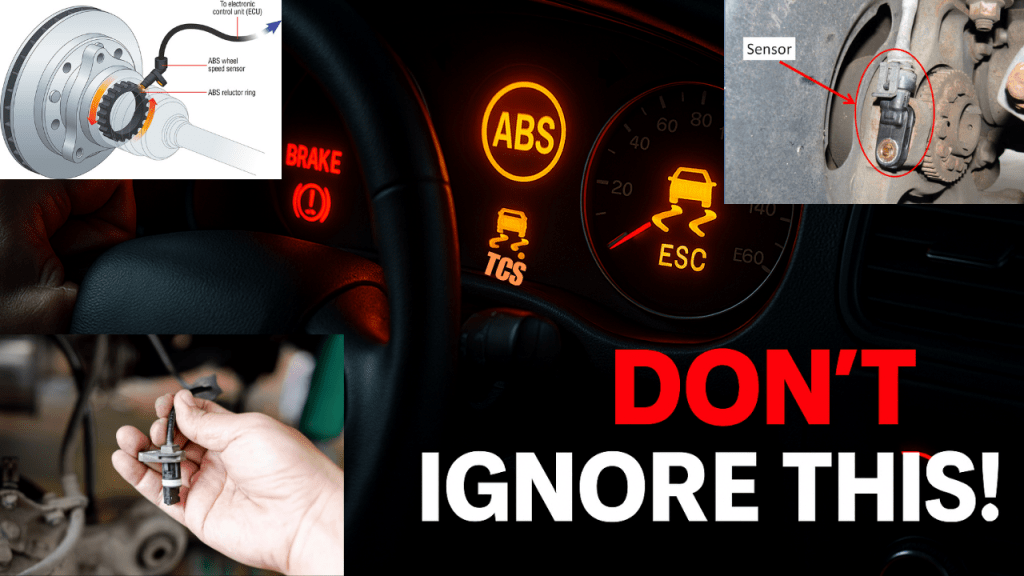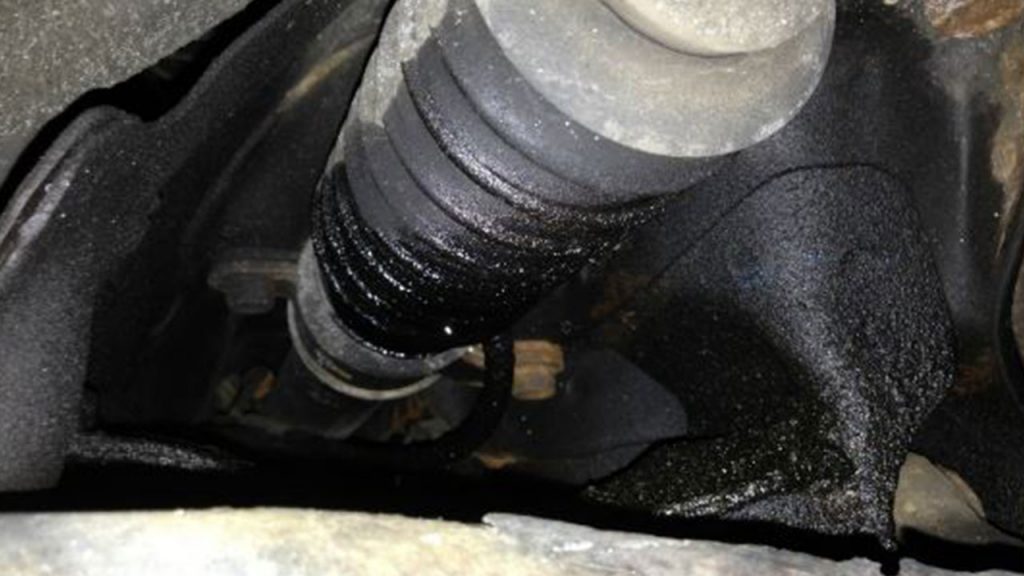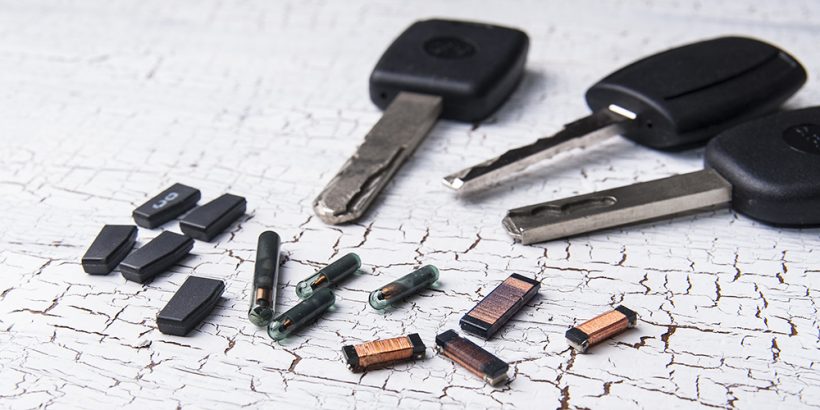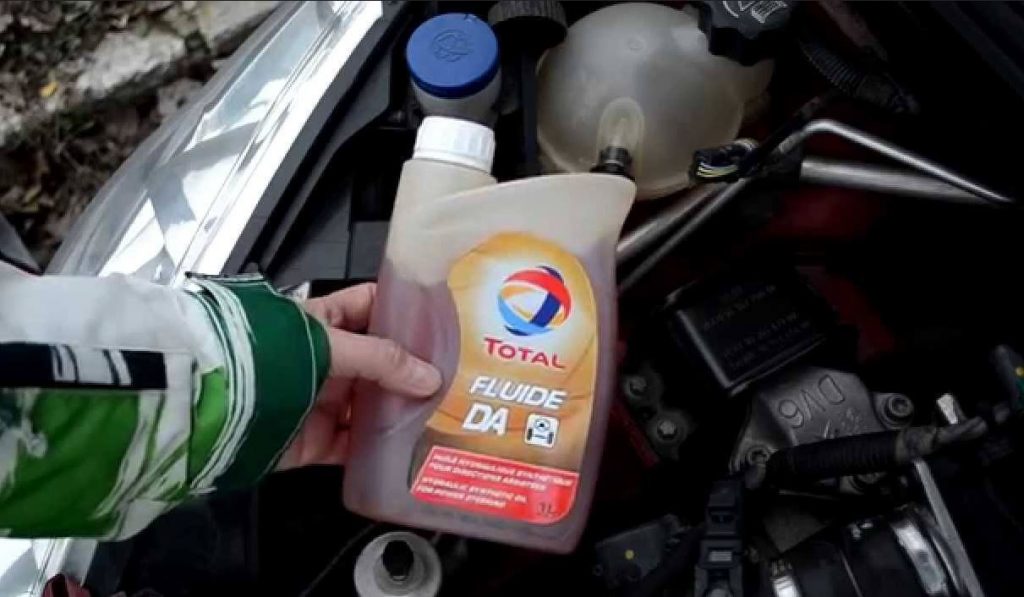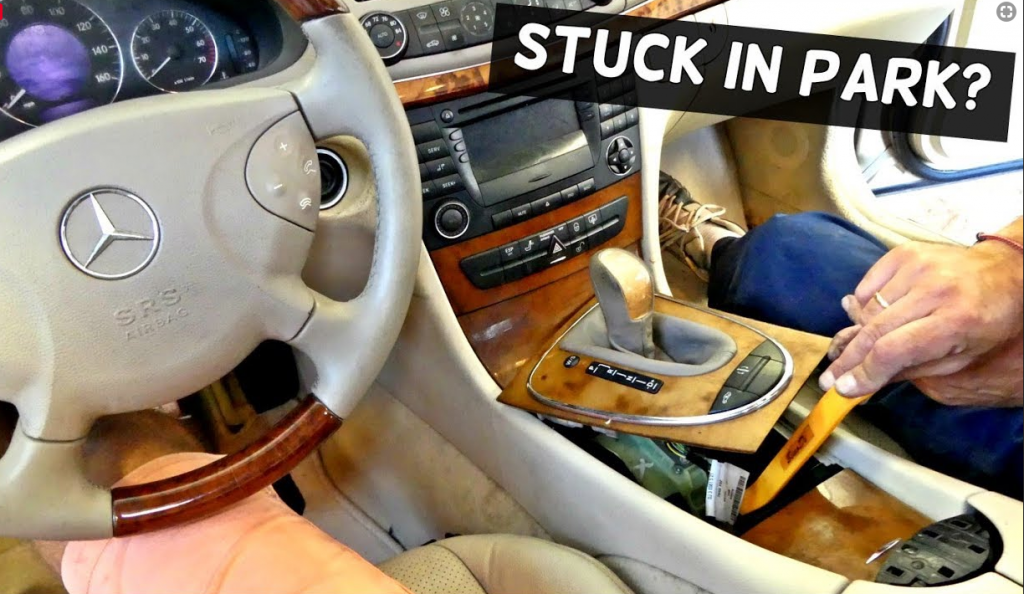ABS Light On? so you’re driving like you normally do, maybe heading to work or picking up the kids, when suddenly… ding!
You glance down, and your dashboard lights up. The ABS light, the traction control light ESC light, the TCS light, and even the brake warning light all lit up. You are probably freaking out seeing all those lights at once. Well, don’t panic, and you don’t need to start googling random forums for answers. And definitely don’t start replacing parts without reading this article.
By the time we’re done, you’ll understand exactly what each of these warning lights means, what’s triggering them, and how you can turn them off the right way, without wasting money.
Now let’s break it down, starting with what each light really means.

ABS Light On? Traction Control, Brake, ESC, TCS: (What It REALLY Means & How to Fix It!)
The ABS Light.
This stands for Anti-lock Braking System.
It’s designed to stop your wheels from locking up when you hit the brakes hard, especially in an emergency or on slippery roads.
This light usually shows up as “ABS” or a circle with ABS inside it.
If it comes on, the system is telling you it’s not functioning properly. Your regular brakes will still work, but the anti-lock feature might not kick in when you need it.
Traction Control Light.
This one usually looks like a little car with squiggly lines underneath.
It helps prevent your tires from spinning when you accelerate too fast or drive on wet or uneven roads.
It relies on the same sensors used by the ABS to track wheel movement.
If it senses wheel slip, it either reduces engine power or applies braking force to regain traction.
The ESC Light.
ESC stands for Electronic Stability Control.
This system jumps in to help you stay in control when your car starts to skid or swerve.
Say you take a turn too fast or start losing control in the rain. ESC can apply braking to individual wheels to help bring your car back in line.
If this light turns on, the system is either actively working or has detected a fault.
Brake Warning Light.
This is different from the ABS light.
It usually appears as a red exclamation point or just the word “BRAKE.”
This light could mean your brake fluid is low, your brake pads are worn out, or there’s something wrong in the hydraulic system.
A flashing brake light is serious and needs immediate attention. A steady one still needs checking, but it may not be urgent.
Now, how are all these lights connected?
ABS, traction control, and ESC all rely on the same wheel speed sensors.
They also share the ABS control module.
So if a single sensor gets dirty, damaged, or unplugged, it can trigger all three lights at once.
It doesn’t necessarily mean all three systems are broken; it might just be one common issue causing a chain reaction.
Think of ABS as your car’s central nervous system. Traction control and ESC are like different reflexes connected to it.
If the nerve gets blocked, all the reflexes react.
So if your dash lights up with ABS, ESC, and traction control at the same time, don’t assume it’s a disaster. It could be one bad sensor or a loose connection behind the whole thing.
Now let’s talk about the most common reasons why your ABS, traction control, ESC, and brake lights may come on in the first place. This part is where most people get stuck, because the symptoms feel random. But the truth is, these lights usually follow a pattern.
First, a bad wheel speed sensor is by far the most common cause. It’s a tiny sensor located near each wheel, and if just one of them fails, it can trip the ABS, traction control, and ESC systems all at once.
Dirt, rust, or even a simple crack in the wire can knock it offline.
Next, a faulty ABS module. This is the brain behind the anti-lock system. If it goes bad or loses communication with the sensors, your dashboard will light up immediately.
Blown fuses are another thing to check. A blown ABS fuse or relay can instantly shut the system down.
Low brake fluid is another big one. If your fluid drops below a certain level, the brake warning light comes on, and in some cars, it’ll affect the ABS system too.
Check your reservoir. If it’s low, top it up and see if the light clears.
Then there’s damaged wiring or corrosion at the connectors. Moisture, salt, or even rodents chewing through the wires can interrupt the signal.
If you recently had a tire rotation or installed new tires, tire mismatch could also be a problem. A tire that’s slightly different in size or tread can throw off the speed sensor readings, confusing the ABS and TCS systems.
Worn brake pads can trigger hydraulic warnings in some vehicles too, especially if the fluid level drops as the caliper pistons extend more.
And don’t forget about the battery. Low voltage from a weak battery or cold start can confuse electronic systems and cause temporary warning lights. These are the most common reasons and causes.
Now the big question: Can you still drive when these lights come on?
If only the ABS light is on, your brakes will still work, but the anti-lock feature won’t. That means if you slam the brakes, your wheels might lock up. It’s not ideal, but it’s usually not dangerous for daily driving unless road conditions are poor.
If you see the brake light, ABS light, and traction light all on together, then you’re possibly dealing with a more serious problem. Your braking performance could be compromised.
If the car feels different, maybe it pulls to one side, or your brakes feel delayed, don’t wait. Get it checked immediately.
So, if it is only the ESC or TCS light that is on, it means your car has disabled the stability system, and it will still drive normally, but the risk only increases if you’re driving on snow, ice, or wet roads, where traction is critical.
Bottom line, don’t ignore these lights. Some issues can go from annoying to dangerous quickly, especially if they affect your braking system directly. Can Worn Tires Cause The Traction Control Light To Come On
Now let’s go through what you can check and fix yourself.
Start by checking your brake fluid. If it’s low, top it up with the recommended type and see if that clears the warning.
Next, inspect all four ABS wheel sensors. Look for any signs of dirt, grease, or damaged wires. A dirty sensor can throw off the entire system.
Use a basic OBD2 scanner to read any stored codes. Common codes for this issue include things like P0500 or C0040. Once you fix the root cause, some systems will reset automatically after driving for a few miles.
Check the fuse box. Look for any blown fuses related to ABS or traction control.
Now here’s when you should NOT try to fix it yourself.
If you have a brake fluid leak, a failing ABS module, or an electrical short, those require a pro.
Also, if your scanner gives you advanced fault codes or anything that mentions internal module failure or reprogramming, that’s a job for a shop or dealership. Some fixes require special tools and software.
Coming up next, I’ll break down the average repair costs and give you some tips on how to prevent these warning lights from coming back again.
Now let’s talk about something everyone wants to know before going near a mechanic. How much is this all going to cost?
If your issue is just a bad ABS sensor, you’re looking at anywhere from eighty to two hundred fifty dollars per sensor, depending on the make and model of your car.
A faulty ABS control module is more expensive. That repair can range from around three hundred to over a thousand dollars, especially if reprogramming is involved.
If all you need is a brake fluid top-up, that’s the cheapest fix. It usually costs around twenty to fifty dollars, and you can often do it yourself if you’re comfortable.
To have a shop perform a diagnostic scan, expect to pay between fifty and one hundred fifty dollars. Some places will waive that fee if you go ahead with the repair.
One big tip here. Always ask for a written quote before approving any work. That gives you leverage and helps avoid surprise charges.
Now let’s switch gears for a moment. What can you do to prevent these lights from coming on in the first place?
Start by checking your brake fluid regularly. Make sure it’s not low or dirty. Fresh fluid helps the system run smoothly.
Don’t ignore little things like squeaky brakes or a soft pedal. These are early signs that something bigger might be on the way.
Make sure all your tires match in size and tread pattern. Mismatched tires can confuse the sensors and set off warning lights even when nothing is wrong mechanically.
If you’re getting your brakes serviced, ask the mechanic to clean around the ABS sensor area. A little dirt or grease buildup can mess with the readings.
And if your car sits parked for weeks at a time, consider using a battery maintainer. Low battery voltage can cause the system to throw false warnings when you start the car after a long break.
Now, what if your light comes on, then disappears?
This could be an intermittent sensor issue, or it might be temperature-related. Cold mornings can make wires expand or shrink, temporarily disrupting the signal.
Just because the light goes off doesn’t mean the issue is gone. The system might still store the error in memory. That’s why a scan tool can help you check for hidden or “pending” codes that haven’t triggered a permanent warning yet.

